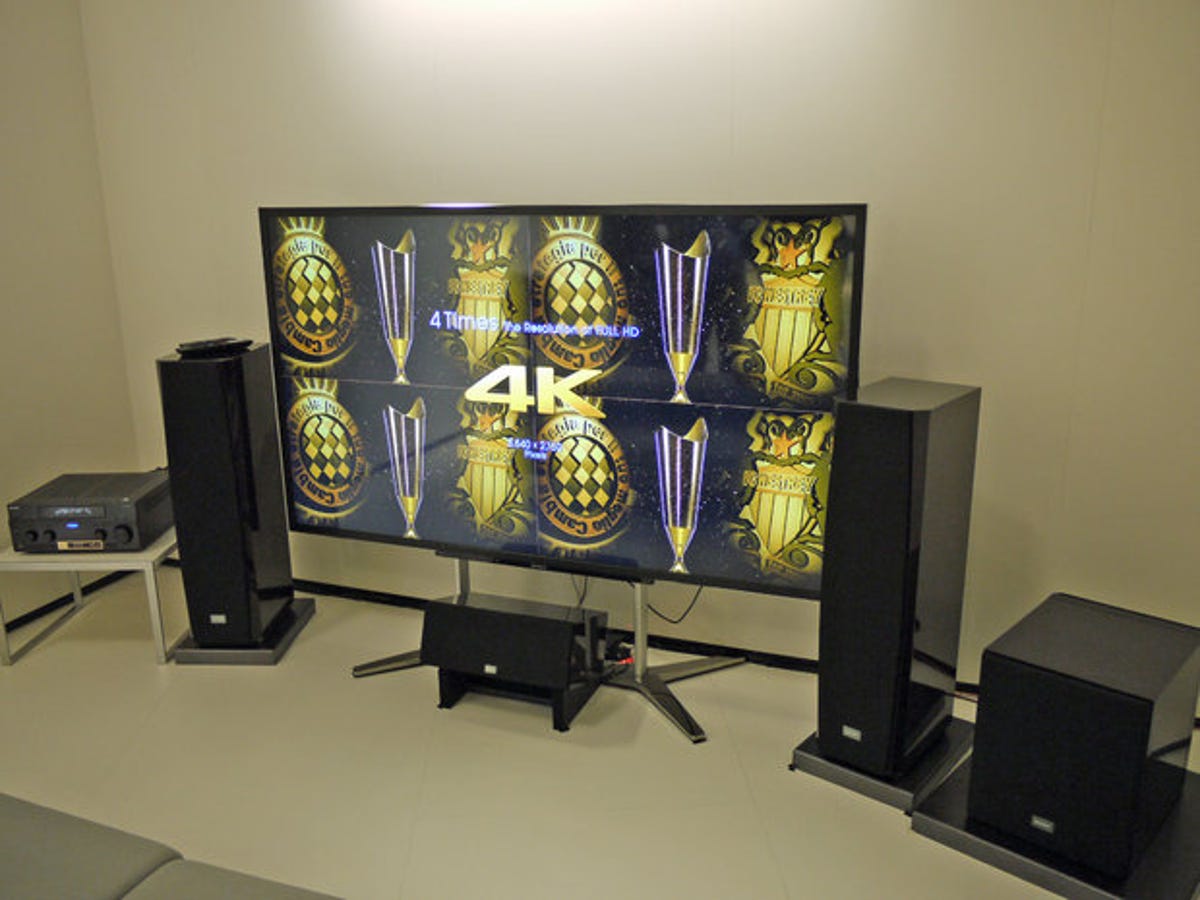
4K, the next big thing in high-resolution telly tech, has been officially renamed ‘Ultra High Definition’, in a too-late bid to cut down on consumer confusion.
The term, which referred to any TV, camera or projector that offered roughly 4,000 pixels on its horizontal resolution, has been banished by the Consumer Electronics Association, our sister site in the US reports.
The CEA has laid down new rules for what counts as Ultra HD. A display must offer at least 3,840 pixels on its horizontal axis, and 2,160 vertical pixels.
Any gadgets that want to proudly bear the Ultra HD branding will also need to offer at least one 4K-capable input, and must be able to pump out 4K-definition footage without resorting to upscaling. Oh, and Ultra HD displays must have an aspect ratio of 16:9.
I’ll admit that Ultra High Definition is a pretty straightforward name for something that has a tonne more pixels than HD — and there’s no denying that the TV-buying public has wrapped its collective noggin around that particular term.
It feels like an odd time to yank the 4K terminology however. Of course its meaning is a bit cryptic, but then tech terms aren’t exactly famous for making a lot of sense.
What’s more important is whether shoppers understand what a term refers to, and I’ve been seeing ‘4K’ crop up a lot recently. Vue cinemas have a massive pre-movie advert that extols the virtues of its Sony 4K projector tech, and just the other day GoPro revealed a new camcorder that shoots at a 4K resolution.
It seems a bit of a shame to ditch the term just as it’s catching on. But perhaps the new name will be perfectly clear? Tell me what you think of Ultra HD in the comments below, or on our Facebook wall.




